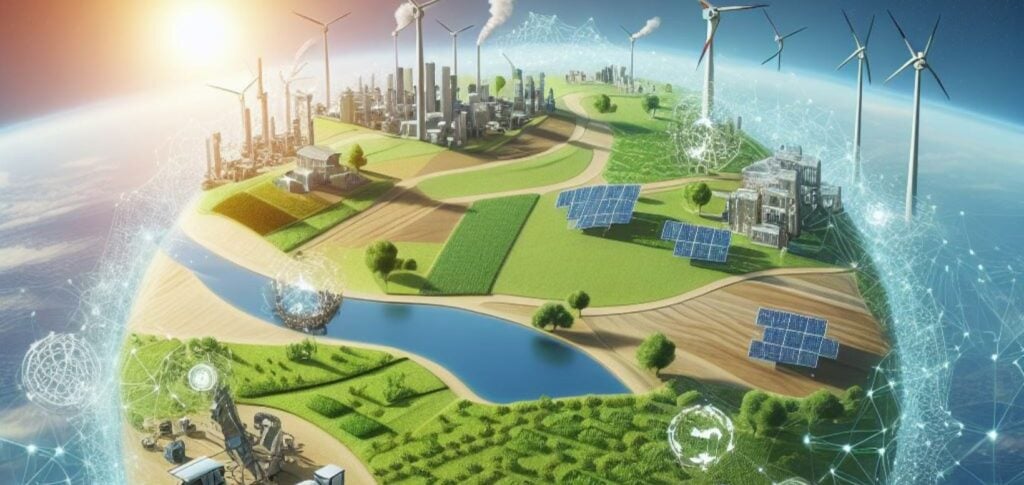The first round of elections in the Amazon states showed a clear preference among voters for politicians associated with the economic exploitation of the region, and opposed to the repression against environmental crimes, such as mining. This happens because there is a prevailing mentality in Amazonian capitals that “environmental laws, as well as the demarcation of indigenous lands, impede prosperity”, explains Lourival Sant'Anna.
ADVERTISING
However, the data shows exactly the opposite: a lifting from the Instituto Socioambiental, dedicated specifically to illegal mining, makes it clear that the Amazon municipalities where this predatory mineral exploitation exists are even poorer than the average for the region, which in turn is poorer than the average for Brazil.
The ruler used is the Social Progress Index (IPS), an international indicator that combines three metrics: “basic survival needs”, “fundamentals of well-being” and “opportunities”. To measure these aspects, it uses social and environmental indicators and perception surveys.
The average IPS of Amazonian municipalities affected by mining is 52,4; the average for the Amazon, 54,5; the national average, 63,3.
ADVERTISING
Contamination of water, soil, and therefore food, deforestation, disease transmission, alcoholism, drug trafficking, minor prostitution, crime and violence typical of mining areas would already be too high a price. to pay for supposed material prosperity. But this prosperity does not exist.
“The fact that the population of the Amazon is poorer than the Brazilian average is proof that we do not know how to generate wealth adequately in this region that is richest in natural resources in the country.”
See also the third episode of the series on indigenous culture with indigenous sisters Watatakalu and Ana Terra Yawalapiti, from Xingu:
ADVERTISING
🌳Other highlights of the week:
- Lost Fund: Projects from seven indigenous and indigenous organizations approved to receive support from the Amazon Fund/BNDES were canceled due to lack of approval from the National Indian Foundation (Funai). Organizations have been waiting for ten months for the document required by the financier. During this period, there were 211 bureaucratic procedures between different areas of Funai. The projects, worth a total of R$1,5 million, were selected by the Fund for the Promotion of Ecossocial Productive Landscapes (PPP-ECOS), managed by the Society, Population and Nature Institute (ISPN). The information is from the ISPN.
- Half a billion trees: The mark of 500 million trees felled in the Amazon in 2022 was surpassed last week. At the end of Friday afternoon, there were 509 million, according to the platform PlenaMata, a partnership between Natura, MapBiomas, InfoAmazonia and hacklab.
- 1 billion children: The effects of climate change threaten 1 billion children, and the overall standard of living for children around the world has stagnated over the past decade. The conclusion is from KidsRights Index, which measures respect for children’s rights.
Don't forget to read the Earth Charter Full!



